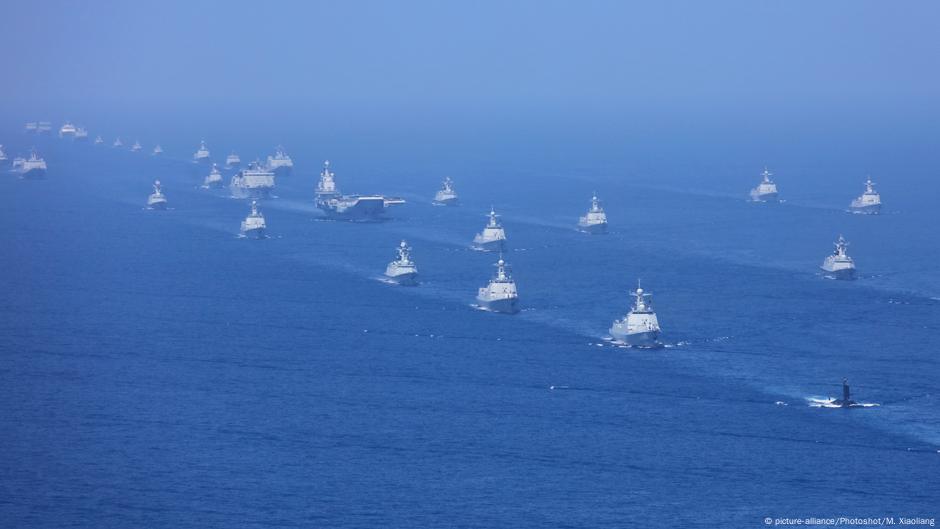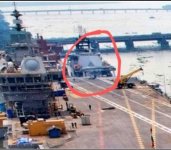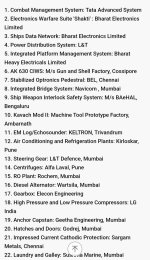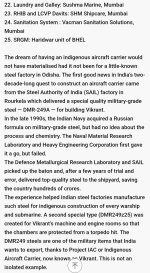Beijingwalker
Elite Member
- Nov 4, 2011
- 76,447
- 104,112
- Country of Origin

- Country of Residence

As China Unleashes 80,000-Ton Fujian, India’s Ex-Naval Chief Wants France’s Help To Construct Nuke-Powered Aircraft Carrier
By Ritu SharmaMay 1, 2024
Amid China’s PLA Navy commencing sea trials of its third aircraft carrier, the 80,000-ton Fujian, a former Indian Navy chief has proposed that India and France collaborate on constructing a nuclear-powered next-generation aircraft carrier.
Fujian is China’s largest warship. Launched in June 2022, it is the country’s first supercarrier and the first domestically developed carrier equipped with electromagnetic catapults and arresting devices.
Admiral Arun Prakash (retired) has suggested that the two countries are already collaborating on manufacturing engines for India’s fighter jet engines; they are supplying Rafale fighter jets for the Indian Air Force and the Indian Navy and joining hands to manufacture the next-generation aircraft carrier is the “logical step.”
France has already started work on its next-generation nuclear-powered aircraft carrier for the French Navy, the Porte-Avions Nouvelle Génération (PA-NG). The PA-NG will replace the French nuclear-powered aircraft carrier, Charles de Gaulle. Construction is expected to commence in 2025, and commissioning is scheduled for 2038.
Naval Group and Chantiers de l’Atlantique are jointly building the PA-NG, and TechnicAtome will provide the two nuclear reactors that power the ship.
Admiral Prakash contends that this is the right time should India want to join the project and France is ready to share the technology. He believes India’s next indigenous aircraft carrier (IAC) should be technologically ahead of the first IAC INS Vikrant.
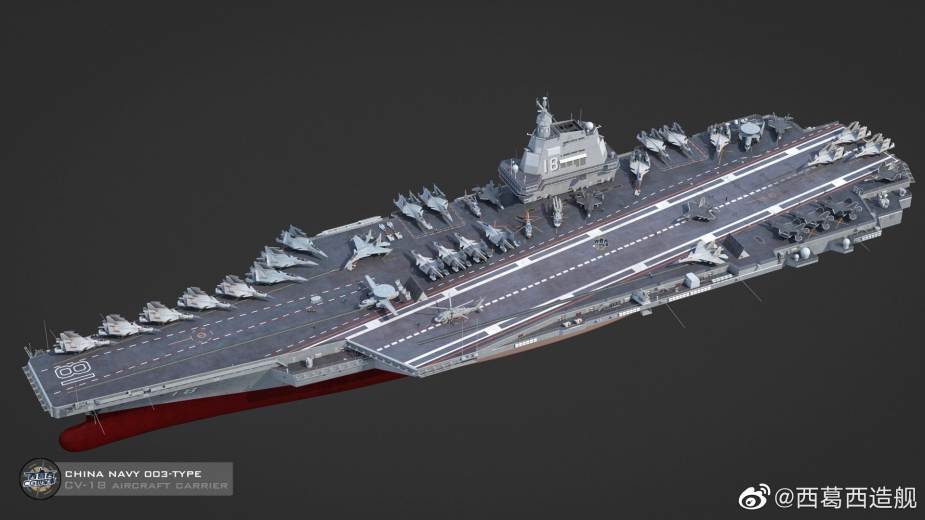
The Fujian is more technically advanced than the other Chinese carriers
“French companies have started work, and at this stage, it is possible for India to collaborate. Repeat order for INS Vikrant would not be a great step forward. It has a ski jump (for aircraft take-off) and is propelled by a gas turbine. Next carrier should have a catapult for better performance from aircraft and nuclear propulsion for endless endurance,” Admiral Prakash told the EurAsian Times. But, first, he said, the government has to decide whether we want to go for the next aircraft carrier.
INS Vikrant, a 44,000-ton warship, was inducted into the Indian Navy on September 2, 2022, when Prime Minister Narendra Modi commissioned India’s first indigenous aircraft carrier, Indian Naval Ship (INS) Vikrant, at the Cochin Shipyard Limited (CSL).
Apart from being unable to operate a large number of aircraft (INS Vikrant can operate 18 fighter jets), unlike their American counterparts, India’s 45,000-tonne indigenous carrier is also constrained by limited range and power. Unlike conventional propulsion, nuclear propulsion offers higher and unlimited power to the carriers. The nuclear-powered floating bases become more agile and can be deployed for extended periods.
Compared to the big carrier, small flattops have less potent onboard defense systems and are particularly vulnerable to drone swarm attacks. A small aircraft carrier’s peacetime importance is not under contestation, but its combat role is limited.
“Aircraft carriers remain in service for 30-40 years. The second indigenous aircraft carrier will take 7-9 years to build and will be ready by 2035. This means we are going to keep it in service till 2075. A 45,000-tonne carrier will not be able to meet India’s need to counter China, which is going to have a formidable presence in the Indian Ocean Region in the next 5-7 years,” Commodore Anil Jai Singh, an Indian Navy Veteran and Vice President of the Indian Maritime Foundation told the EurAsian Times.
Given the kind of capability we need in the future, we need bigger aircraft carriers in the future, Commodore Singh opined.
“The PLA Navy is going for a bigger aircraft carrier. India takes pride in the fact that we can turn any situation in the IOR favorably. If we need to maintain it, a 45,000-tonne aircraft carrier is not enough. We are not only looking at the present day but also our capability for the next 40 years. We need at least a 65000-70000-ton aircraft carrier,” Commodore Singh added.
Indian Navy’s 2nd Indigenous Aircraft Carrier
The Indian Navy wants to go for the second indigenous aircraft carrier as the life of the Russian-built Admiral Gorshkov, rechristened as INS Vikramaditya, is also nearing its end.Indian Navy Chief Admiral Hari R. Kumar revealed on October 6, 2023, that the Navy is moving a case for the third aircraft carrier, which will be a repeat of the indigenous INS Vikrant. There has been no encouragement from the government for getting bigger aircraft carriers.
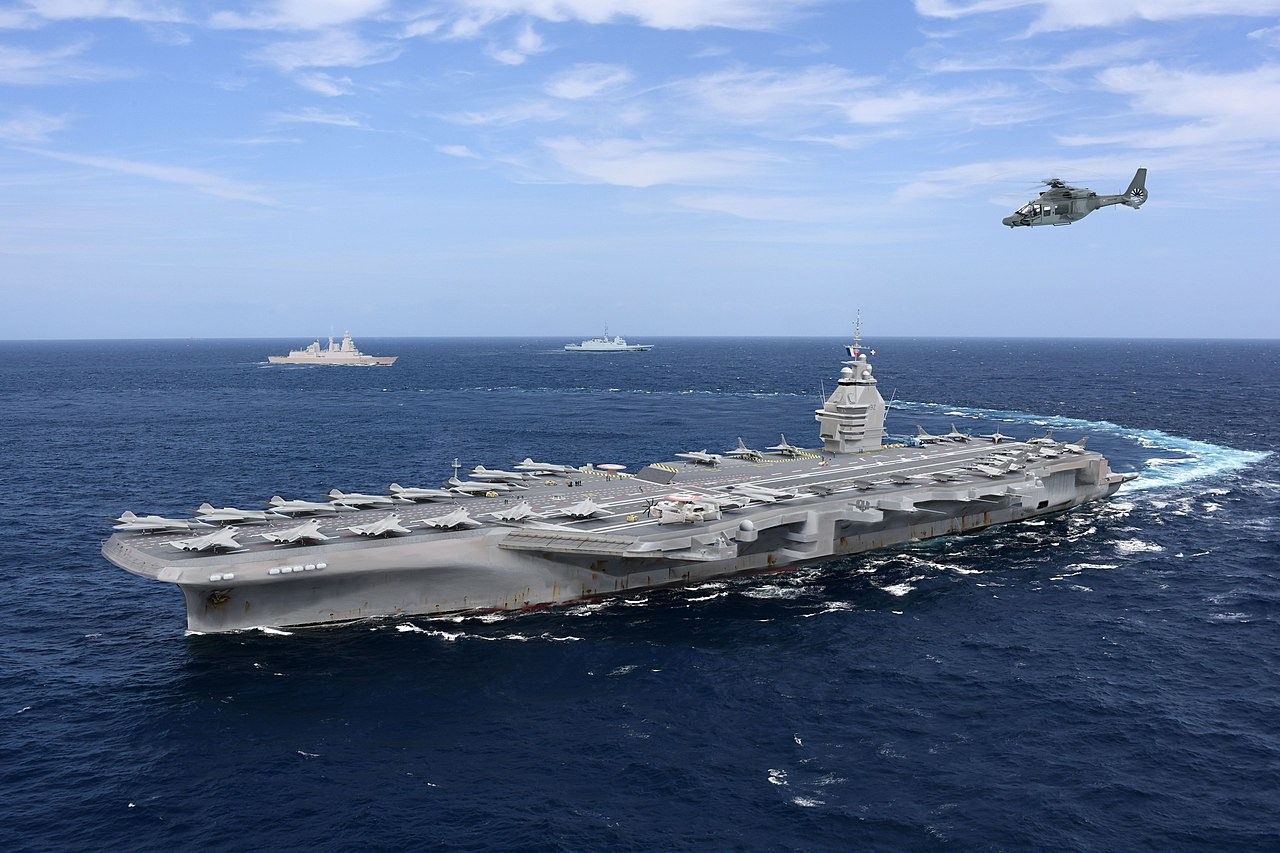
Representation of the Porte-avions de nouvelle génération.
The need for three aircraft carriers was laid down in the first Plan Paper made for the Indian Navy in 1948 to enable it to exercise sea control in the Indian Ocean.
“If France is willing to share the technology, it would be a good idea. Building a nuclear-powered aircraft carrier would take decades. With France’s help, India can achieve it in the next 6-7 years,” the former Indian Navy Chief suggested. He adds that India can share the financial burden of the project and provide labor for the construction. Also, the construction of PA-NG and the IAC-2 can run concurrently should the collaboration take shape.
In 1988, DCN France was asked to audit Cochin Shipyard Limited and lend help in the concept design of a “sea control ship.” DCN-CSL came up with the concept of the 37,000-ton ship with ski jump/catapult options, costing around INR 3,000 crores, but it was found unaffordable.
The PA-NG will be bigger and more powerful than its predecessor, Charles de Gaulle. It will be a 75,000-ton warship and can carry up to 30 new-generation maritime variants of the future combat air system (FCAS), comprising new-generation fighter aircraft and remote carrier vehicles.
India has been able to manufacture nuclear-powered submarines with the help of Russians. However, making a reactor for a 60,000-ton warship is a different ballgame.
Another factor is that both INS Vikramaditya and INS Vikrant use the older ‘ski-jump’ technology to help the deck-based fighter jets take off. The new aircraft carriers are coming with the Electromagnetic Aircraft Launch System (EMALS). These complex technologies offer advantages like precise control over launch speed, are suitable for heavy aircraft, and are compatible with future aircraft designs.
India-France
Over the past decade, France has emerged as India’s second-largest arms supplier after Russia. The defense cooperation between the two countries has strengthened significantly, and several key defense deals have been struck. France’s public endorsement of India’s claim for permanent membership of the UN Security Council has also made it a trusted ally for New Delhi.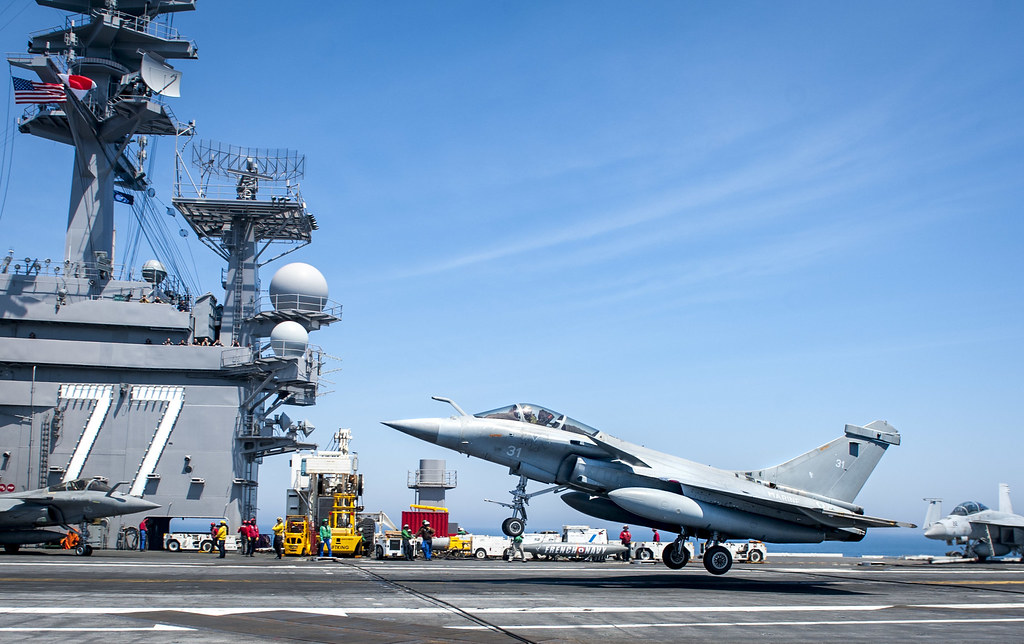
A Rafale Marine attached to squadron 17F of the French Navy lands during flight operations aboard the aircraft carrier USS George H.W. Bush (CVN 77).
India has already inducted 36 Rafale fighter jets made by Dassault Aviation into its air force. In 2023, the Indian government received initial approval to purchase 26 Rafale M fighter jets for its Navy.
The Rafale jets have enhanced India’s air combat capabilities and contributed to its national security. Before these, in the 1980s, India bought Mirage jets, which continue to be in service and comprise two Air Force squadrons.
India’s defense ministry granted the Approval of Necessity (AoN) for procuring three additional Scorpène-class submarines under the Buy (Indian) category. These submarines will be constructed by Mazagon Dock Shipbuilders Limited (MDL) in India. The Indian Navy already operates six Scorpène submarines manufactured by the French Naval Group (formerly known as DCNS).
Indian aerospace maker Hindustan Aeronautics Limited (HAL) is currently looking to manufacture the Indian Multi-Role Helicopter (IMRH), a medium-lift helicopter to replace the aging Russian Mi-17 helicopters. These helicopters will be used for air assault, air attack, anti-submarine, anti-surface, military transport, and VIP transport. The company has already signed a workshare agreement for the joint development of engines with France-based Safran.





